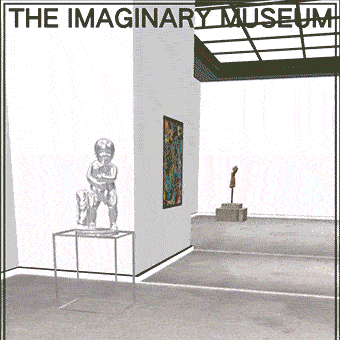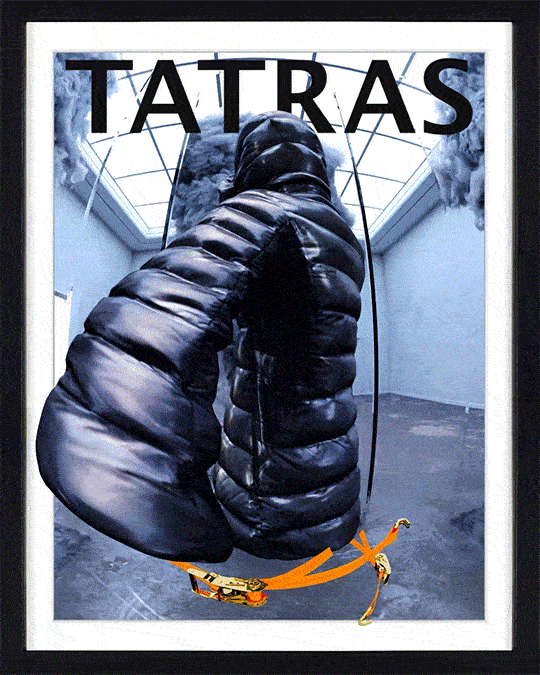



The exhibition questions the place of art in space, particularly by placing digital sculptures in the public space so that users can visit the exhibition from anywhere, without having to go to the physical gallery. André Malraux's legacy is above all a desire to democratize culture and take it out of traditional dissemination places such as museums or galleries, which for many can be intimidating. The ambition of the exhibition is to modestly contribute to this democratization.
Designed as an avant-garde dissemination space, the exhibition questions the concept of reality as a corollary of the materiality of the work. Materiality should no longer be the sole criterion for validating a sculpture. This notion has become obsolete since the advent of other mediums such as performance. It is possible to acquire a performance by acquiring its protocol, so why shouldn't it be possible to own a digital sculpture? The exhibition pays tribute to the Fluxus movement that disrupted the art world by encouraging artists to question established conventions and prompting them to deconstruct artistic norms.




VIDEO TO AUGMENTED REALITY
Tatras will also present its latest collection on-site to exhibition visitors.
The exhibition showcases the work of artists including Gioele Amaro, Flavie Audi, Giovanni Leonardo Bassan, Alexandre Gourçon, Andreas Greiner, Monilola Olayemi Ilupeju, Egor Kraft, Oliver Laric, Geoffrey Lillemon, Giuseppe Lo Schiavo, Jonas Lund, and Natalia Mimran. A soundtrack has been specially composed by Ed Davenport to enhance the experience on the platform www.theimaginarymuseum.art, which aims to simplify access to the world of art - whether physical or digital.
Credits:
Curation: Mehdi Dakhli
Programming and Interaction: Your Majesty
3D Assistants: Realexis Christofides & Marlen Loizidou